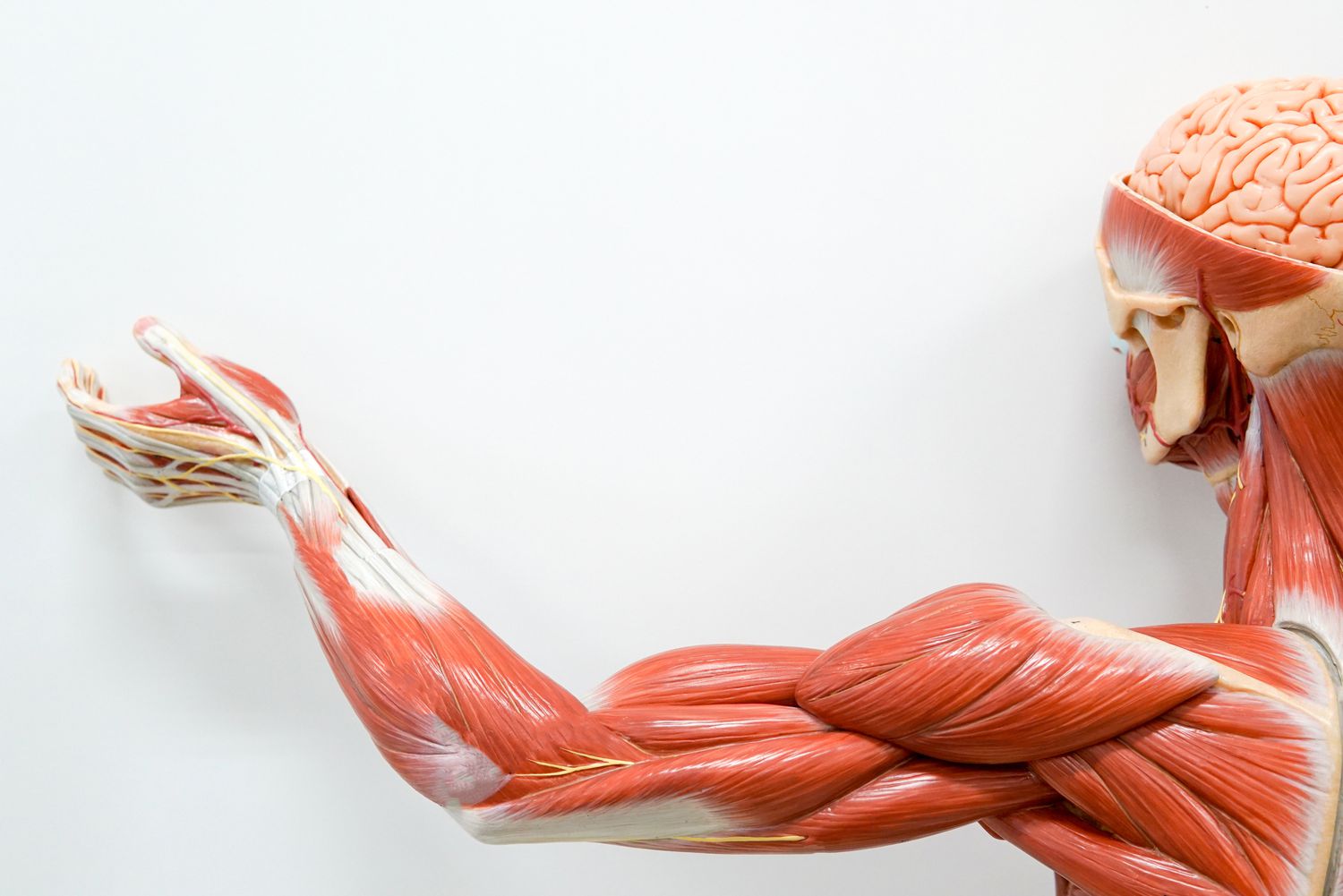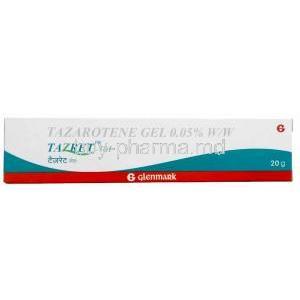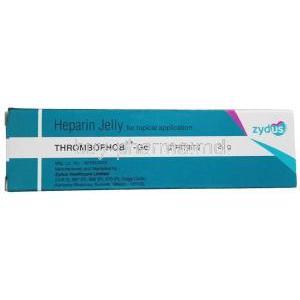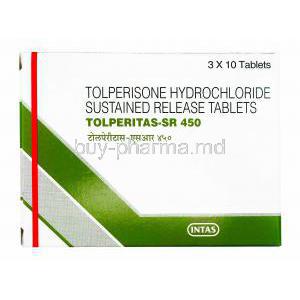Neostigmine Injection
- I. Introduction to Neostigmine Injection
- II. Composition of Neostigmine Injection
- III. How Neostigmine Works
- IV. Uses of Neostigmine Injection
- V. Off-Label Uses of Neostigmine
- VI. Dosage and Administration of Neostigmine
- VII. Side Effects of Neostigmine Injection
- VIII. Interactions with Other Medications
- IX. Warnings and Contraindications
- X. Special Precautions in Administration
- XI. Neostigmine Administration to Specific Groups
- XII. Overdose and Emergency Management
- XIII. Storage and Stability of Neostigmine
I. Introduction to Neostigmine Injection
Neostigmine is a medication commonly used for managing neuromuscular conditions. It is primarily employed to alleviate the symptoms of myasthenia gravis and to reverse the effects of muscle relaxants during anesthesia. This overview traces its journey from its discovery to its medical uses and sets the stage for a detailed exploration of Neostigmine's benefits, how it is administered, and important safety considerations.
Overview of Neostigmine as a Medication
Neostigmine works by blocking the breakdown of acetylcholine, an action that boosts the connection between nerves and muscles. This process ultimately leads to improved transmission and enhanced muscle strength.
Historical Background and Development
Since the 1930s Neostigmine has been an element in the field of medical research especially in addressing muscle weakness. Its creation signified a breakthrough, in comprehending and controlling synaptic communication.
Scope of the Article
This article will explore the realm of Neostigmine, including its chemical composition, how it works, its uses in treatment, and important instructions for how to use and store it.
II. Composition of Neostigmine Injection
The development of Neostigmine involves creating a mixture that aims to deliver optimal medical benefits while reducing any potential risks linked to its use.

Active Ingredients and Their Functions
Neostigmine methylsulfate is the ingredient that works by blocking acetylcholinesterase leading to stronger muscle contractions.
Excipients and Their Roles in the Formulation
Preservatives and stabilizers play a role in maintaining the stability and shelf life of the injectable solution, guarding against deterioration and impurities.
III. How Neostigmine Works
Exploring the way Neostigmine interacts with the body and how it moves through the system offers knowledge on how well it works and its possible uses, in real world medical settings.
Mechanism of Action in the Body
Neostigmine works by blocking the enzyme acetylcholinesterase at the junction, stopping the breakdown of acetylcholine and enhancing muscle response.

Pharmacodynamics and Pharmacokinetics
The effects kick in quickly and how long they last varies based on the amount given with the way the body processes the drug remaining similar regardless of the patients characteristics.
IV. Uses of Neostigmine Injection
Approved Therapeutic Uses
- Myasthenia Gravis: Helps improve symptoms by boosting communication between nerves and muscles.
- Reversal of Neuromuscular Blockade: Administered after surgery to counteract the impacts of muscle relaxants.
Common Medical Conditions Treated with Neostigmine
V. Off-Label Uses of Neostigmine
The investigation, into applications of Neostigmine indicates its potential extends beyond traditional limits, influenced by new studies and real world medical practices.
Exploration of Non-Approved Uses
Case Studies and Research Supporting Off-Label Use
Numerous real life examples have showcased the effectiveness of Neostigmine, in situations that haven't been officially endorsed by bodies hinting at potential future treatment options.
VI. Dosage and Administration of Neostigmine
The success of Neostigmine largely relies on how precise the dosage is the way it is given, making it crucial to follow the recommended protocols closely.
Recommended Dosages for Different Conditions
The amount of medication needed depends on the illness being addressed, the patient's age, and their body weight. Following instructions helps achieve the best treatment results with minimal risks.
Methods of Administration and Timing
Neostigmine is usually given through an IV or an injection, into the muscle. It is important to consider the timing carefully to ensure the best outcomes.
Adjustments for Specific Populations
It's important to make necessary dosage changes for children, older adults and patients, with kidney issues to guarantee safety and effectiveness.
VII. Side Effects of Neostigmine Injection
Neostigmine is a medication but it does come with potential side effects. It's crucial to be aware of and manage these reactions to ensure safety.
Overview of Possible Adverse Reactions
The possible adverse reactions vary from stomach issues to serious heart-related incidents requiring close observation.
Common Side Effects Encountered by Patients
- Frequent occurrences of muscle cramps and twitching are often associated with heightened activity.
- Enhanced smooth muscle tone can lead to problems, like nausea and diarrhea.
Serious Side Effects and Their Management
In some instances Neostigmine may cause bradycardia, low blood pressure or breathing difficulties which would necessitate prompt medical attention and supportive treatment.
VIII. Interactions with Other Medications
Common Drug Interactions and Their Implications
- Antibiotics like aminoglycosides can enhance the impact of Neostigmine, causing a neuromuscular blockade.
- Corticosteroids might reduce the effectiveness of Neostigmine in patients with myasthenia gravis.
How to Manage and Prevent Harmful Interactions
Before giving Neostigmine to a patient, it's important to check all medications to prevent any negative reactions. Make sure to adjust the dosage considering both the drug characteristics and the patient's health status to prevent any issues.
IX. Warnings and Contraindications
Some situations and circumstances greatly increase the dangers linked to the use of Neostigmine, requiring instructions and strict compliance with contraindications.

Detailed List of Contraindications for Neostigmine Use
- If someone has a reaction to Neostigmine or any of its ingredients, it's best to avoid using it.
- Also, if someone has peritonitis or a mechanical blockage in the bowel where increasing intestinal movement could cause harm, Neostigmine should not be used.
Potential Risks and Safety Warnings
Patients who have preexisting heart conditions need to be carefully watched for signs of slow heart rate and irregular heartbeats. It is important to be cautious when using the medication in individuals, with asthma or other lung conditions that cause obstruction.
X. Special Precautions in Administration
To effectively use Neostigmine it is crucial to have a grasp of its pharmacological characteristics and be mindful of the situations where its administration may pose risks.
Important Precautions During Administration
Make sure to keep an eye on the heart and breathing functions constantly while giving the treatment in patients, with existing conditions that could make these systems worse.
Handling Precautions to Ensure Safety
Treat Neostigmine, with caution to prevent contact. It's important to adhere to the correct disposal methods to avoid harming the environment.
Careful Administration in Vulnerable Populations
Make sure to adjust the doses for older patients and individuals, with kidney issues to avoid any potential harm from medication.
XI. Neostigmine Administration to Specific Groups
The way Neostigmine is given differs among various demographic groups, affected by differences, in physiology and varying levels of risk.
Guidelines for Elderly Patients
Elderly individuals frequently need doses because their metabolism slows down and they become more sensitive, to the effects of the medication.
Considerations for Pregnant Women and Nursing Mothers
Using Neostigmine during pregnancy should only be considered if the advantages outweigh the risks to the unborn child. It is recommended to be cautious when giving it to breastfeeding mothers.
Dosage and Safety in Pediatric Use
Dosage adjustments for patients should be precisely tailored according to their body weight and overall health condition to prioritize safety.
XII. Overdose and Emergency Management
Much Neostigmine can pose significant health risks, so it's essential to promptly and efficiently address the situation to ensure positive outcomes for the patient.
Symptoms of Overdose and Immediate Actions
Signs and symptoms could consist of pronounced muscle weakness, slow heart rate and breathing difficulties. The initial course of action entails giving atropine to counter the effects and providing necessary respiratory support.
Long-term Management of Overdose Symptoms
It is important to keep an eye on the patient and provide necessary care. Depending on how the patient's recovering it might be needed to make changes, to the amount of Neostigmine or other drugs given in the future.
XIII. Storage and Stability of Neostigmine
The effectiveness and safety of Neostigmine also rely on the storage conditions, which play a key role, in preserving its medicinal effectiveness.

Recommended Storage Conditions
Make sure to store Neostigmine in a place, with controlled room temperatures from light and moisture to avoid it from breaking down.
Shelf Life and Disposal of Unused Medication
Neostigmine typically remains effective for two years after it is manufactured if stored correctly. It is important to dispose of any unused medication following local guidelines to protect the environment.
Neostigmine Injection FAQ
How does neostigmine work?
Neostigmine in contrast, to physostigmine does not pass through the blood brain barrier. It works by blocking acetylcholinesterase allowing more acetylcholine to remain in the synapse. This increased availability enables it to bind effectively to the limited number of receptors found in myasthenia gravis enhancing the stimulation of muscle contractions.
What does neostigmine reverse?
Neostigmine is approved by the FDA for reversing the impact of neuromuscular blocking agents following surgery. Its main application lies in reversing muscle paralysis during anesthesia for procedures that necessitate muscle relaxation.
Why glycopyrrolate with neostigmine?
Glycopyrrolate, a type of muscarinic antagonist that's not selective is commonly paired with neostigmine to counteract the muscarinic side effects, like bradycardia. Glycopyrrolate affects the hearts functioning. To a lesser extent than atropine does.
What is the difference between neostigmine and pyridostigmine?
Neostigmine and Pyridostigmine vary in their onset and duration of action. Pyridostigmine takes longer to kick in and lasts longer, than Neostigmine. While some patients may find this beneficial others may prefer a acting drug release.
What drug class is neostigmine?
Cholinesterase inhibitor
Why is neostigmine used to treat myasthenia gravis?
Neostigmine in contrast to physostigmine is unable to penetrate the blood brain barrier. Its action involves blocking acetylcholinesterase, which leads to an increase in acetylcholine, within the synapse. This surplus of acetylcholine can then effectively bind to the number of receptors found in myasthenia gravis enhancing the stimulation of muscle contractions.

















